Life
Sign up for our newsletter
We summarize the week's scientific breakthroughs every Thursday.
-
 Plants
PlantsClimbing high to save a threatened West Coast plant
A group of scientists hopes to save a cliff-hugging plant threatened by invasive grasses, drought and fire in California’s Santa Monica Mountains.
By Nsikan Akpan -
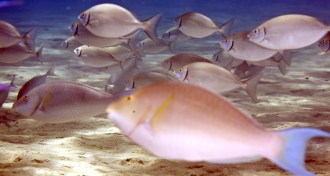 Animals
AnimalsInvasive rabbitfish team up to raze algal forests
Tropical rabbitfish have expanded into temperate Mediterranean waters, where they destroy algae forests by gobbling both young and adult algae.
-
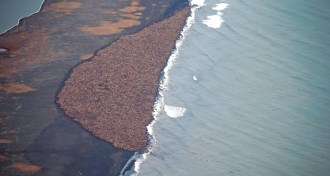 Animals
AnimalsLacking ice, huge walrus herd congregates on Alaska shore
A large group of walruses has hauled out on the beach near Point Lay, Alaska. The animals have been forced onto shore due to a lack of sea ice in the region.
-
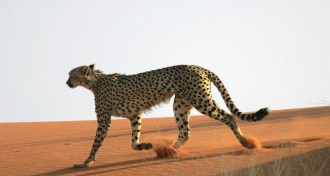 Animals
AnimalsLooking for, not catching, prey drains big cats’ energy
For some big cats, ambushing prey in quick attacks may ease the high energy cost of hunting, new studies show.
By Meghan Rosen -
 Neuroscience
NeuroscienceHigh blood sugar could worsen effects of spinal injury
Studies in people and mice suggest reining in blood sugar can improve recovery from a spinal cord injury.
By Nathan Seppa -
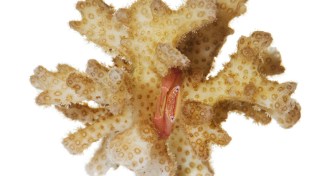 Animals
AnimalsCrabs guard coral from army of sea stars
Coral guard-crabs proved their worth during a 2008 outbreak of crown-of-thorns sea stars, with many successfully protecting their coral from being eaten.
-
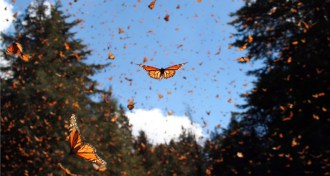 Animals
AnimalsMonarch butterflies’ ancestors migrated
The earliest monarch butterflies originated in North America and were migratory. Some of the insects later lost that ability as they moved into the tropics, a genetic analysis finds.
-
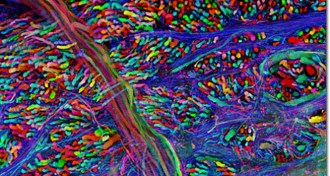 Neuroscience
NeuroscienceWhite House gives progress report on BRAIN Initiative
More pieces of President Obama’s ambitious BRAIN Initiative announced April 2013 have fallen into place.
-
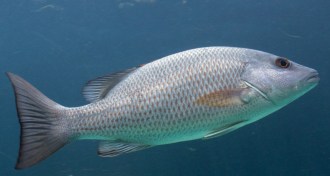 Animals
AnimalsBaby fish are noisier than expected
Gray snapper larvae may be able to communicate in open water using tiny knocks and growls.
By Susan Milius -
 Animals
AnimalsDolphins appear to perceive magnetic fields
Bottlenose dolphins take less time to start exploring a magnetized block, suggesting they can sense magnetic fields.
-
 Animals
AnimalsVideos hint at why tree bats may die at wind turbines
Using heat-sensitive cameras, scientists were able to watch how tree bats interact with wind turbines and determine what behaviors may lead to their deaths.
-
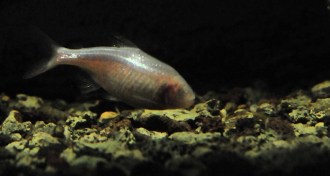 Animals
AnimalsBlind cavefish got no (circadian) rhythm
Eyeless Mexican cavefish have lost their circadian rhythm and become more efficient in the dark, a new study finds.